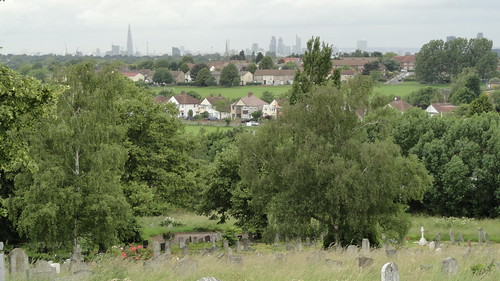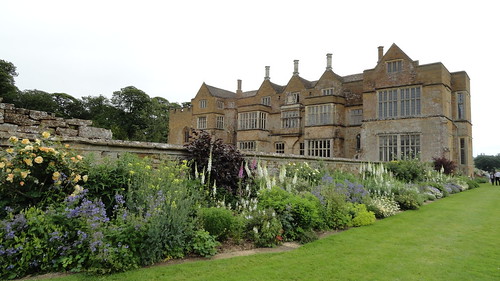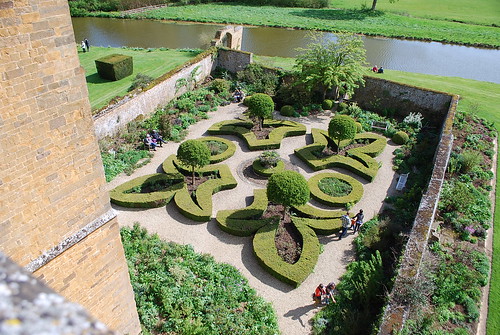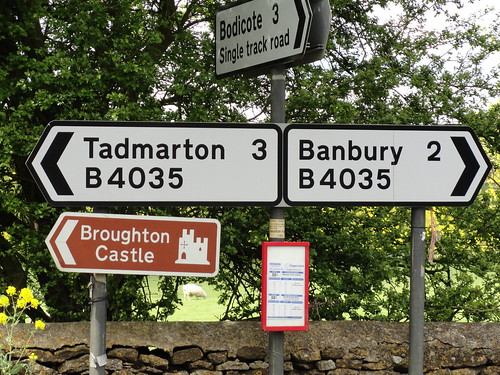No wonder that I thought of her when I visited the Luray Caverns, 'a subterranean world of wonder' right here in northern Virginia.
 |
| Limestone and mineral rock formations in Luray Caverns |
Celia described her visit to Poole and the sights within the cavern:
"Just at the Entrance you must Creep, but presently you stand upright, its Roofe being very Lofty all arched in the Rocks and sound with a great Ecchoe. The Rocks are Continually dropping water all about, you pass over Loose stones and Craggy Rocks. The dripping of the water wears impression on the Stones that forms them into Severall Shapes"
The Luray Caverns were discovered in 1878 but are estimated to be 5 million years older than Celia's caves at Poole. Thanks to a good bit of engineering over the last century modern visitors don't have to 'Creep', you descend into the caverns via a sturdy staircase with signs urging, "Please Use the Hand Rails!" and penetrate into the depths along a bricked path lit with electric lights. I kept wondering what it was like for Celia, having to crawl into the cave (so unladylike, and in a fitted bodice and stays - so uncomfortable!) with no illumination on the path but the light of some candles in a lantern carried by a guide.
 |
| Pillars reaching more than 20 feet high |
 |
| The Shaggy Dog, largest formation in the caverns at approximately 7 million years in the making. At over 40 feet in height, standing before it makes you feel very small, in more ways than one. |
Celia Fiennes, 1697: "but the difficulty appears as to this hole how so large a Cavity should be Left, as in some places the Roofe is as lofty as you can see and all stone; now how it should be fixt so as not to tumble in by the weight of the Earth or stone on the top: as to the waters dropping it is but what is Customary among rocks and stones, there are many springs which run in the veines of the Earth and allwayes are running in such subteraneus vaults in the Earth, which gather together and runns in a little Channell in the bottom of this Cave"
Daniel Defoe, c. 1724: "It is a great cave, or natural vault, ancient doubtless as the mountain itself, and occasioned by the fortuitous position of the rocks at the creation of all things, or perhaps at the great absorption or influx of the surface into the abyss at the great rupture of the earth's crust or shell."
Deb Wiles, 2014: "Water plus Time equals THAT!? Woooooooaaaaaahhhhhhhhh!!!!!! "
Yeah, whoever finds my travel diary 300 years from now might be a wee bit disappointed.
I do have two advantages over Ms. Fiennes and Mr. Defoe, though. Namely 300 years of scientific advancement in geology and a little tool called Google. Like those at Poole, Luray's caverns are "solution caves", meaning a solution of calcium carbonate donates some of its carbon dioxide, allowing a precipitate of lime to form. The limestone which is formed by this precipitate grows at the supersonic rate of approximately one inch every 120 years. Highly acidic water once filled the chambers and ate away the softer material. As the natural water table declined, the chambers drained leaving the eroded forms behind, which are still growing. There are still springs in the caves and a constant drip in places due to surface water percolating down into the caverns. Our guide called these drips "cavern kisses" and claimed each 'kiss' brought 100 years of good luck. I should be set for the next four centuries. I suspect if the dripping at Poole's Hole had such a catchy nick name Celia would have mentioned it but all she says is:
"The dripping of the water wears impression on ye Stones that forms them into Severall Shapes, there is one Looks Like a Lyon wth a Crown on his head, ye water trickling on it weares it into so many shapes; another place Lookes just Like ye shape of a Large organ wth ye severall Keys and pipes one above another as you see in a great Cathedrall;"
I wonder if Leland W. Sprinkle had read Celia's diary when he set about creating the Great Stalacpipe Organ at Luray? It's the largest musical instrument in the world, and took three years to build starting in 1956. Sprinkle reputedly got the idea when touring the caves with his son, who hit his head on a stalactite producing a musical tone. He painstakingly located and shaved thirty-seven naturally formed stalactites to get the right notes, connecting each one to a solenoid and small rubber mallet controlled by a traditional organ console. The caves cover 64 acres and while the selected stalactites are spread around only 3.5 acres within the caves, the sound can be heard anywhere in those 64 acres. It really is an amazing feat of science and musical engineering, and I found myself wishing again for that TARDIS so I could see the look on Celia's face when she heard this:
There is also an underground lake called the Dream Lake. Fed by a spring, the lake is only 20 inches deep but very wide. The water is crystal clear and the still surface creates a perfect mirror reflecting the ceiling above so that it looks as if stalagmites are growing up beneath the water from the lake bed. The photos don't do it justice, and a collective awestruck "Ahhhhh!" came from everyone in the tour group.
 |
| Mirrored reflection of the ceiling in the still crystal water of Dream Lake |
 |
| The range of colors and intricate layers in this formation can be clearly seen thanks to the lighting |
The formations that really awed me were the curtains, or veils. Their delicate waves look like they were carved by a master sculptor (well, I guess one could argue they were) yet each fold took millions of years to form. Mind. Blown.
 |
| Part of Saracens Tent, one of the most well formed draperies in the world.
|
I still intend to visit Poole's Cavern to see what Celia saw, and I have to admit I'll be a bit disappointed if I don't have to crawl through the entrance as she did, but I love the fact that these wonders exist all over the world and that some can be so similar. Take away the modern amenities and I bet my visit to Luray Caverns wasn't really all that different from Celia's to Poole's Hole. She was a bit of a rebel, though, and broke off pieces of rock as souvenirs. This practice is Frowned Upon and visitors are admonished not to touch the rocks at Luray so I had to content myself with a free piece of Unakite from the museum which my entry ticket entitled me to.
 |
| Fitz enjoyed the American version of traveling under ground |
Luray Caverns are located in Luray, VA in the Shenandoah Valley. For visiting information go to their website. Guided tours last about an hour. Tip of the day: if you go on a weekend, plan to go early and beat the crowds!







.JPG)


.jpg)












































